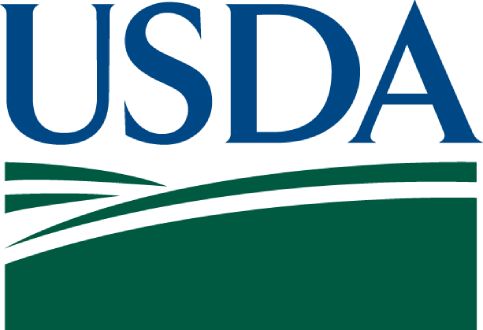Mathematica evaluated demonstration programs in six states—Michigan, Pennsylvania, Ohio, Massachusetts, Minnesota, and Washington—that focused on increasing SNAP access to the underserved elderly and working adults.
Low participation rates for low-income elderly and working adults in the Supplemental Nutrition Assistance Program (SNAP) have been a persistent concern. Responding to a congressional mandate, the U.S. Department of Agriculture, Food and Nutrition Service, funded demonstration programs in six states—Michigan, Pennsylvania, Ohio, Massachusetts, Minnesota, and Washington—that focused on increasing SNAP access to either of these two target populations. The demonstrations operated in one to four local pilot sites in each state. Mathematica was awarded a contract to evaluate the demonstrations. The evaluation documented the design, implementation, and operation of each demonstration; assessed effects on SNAP applications and participation rates; and estimated demonstration costs.
Low participation rates for low-income elderly and working adults in the Supplemental Nutrition Assistance Program (SNAP) have been a persistent concern. Responding to a congressional mandate, the U.S. Department of Agriculture, Food and Nutrition Service, funded demonstration programs in six states—Michigan, Pennsylvania, Ohio, Massachusetts, Minnesota, and Washington—that focused on increasing SNAP access to either of these two target populations. The demonstrations operated in one to four local pilot sites in each state. Mathematica was awarded a contract to evaluate the demonstrations. The evaluation documented the design, implementation, and operation of each demonstration; assessed effects on SNAP applications and participation rates; and estimated demonstration costs.
Data on program design, implementation, and operations were collected through three rounds of in-depth site visits conducted at different points in the demonstration period. A regression and difference-in-difference analysis was used to estimate the effect of the demonstrations on SNAP applications and participation, using administrative data from state application, eligibility, and benefit determination systems. Comparison sites were selected by (1) developing an index (based on data from the American Community Survey, the Bureau of Labor Statistics, and SNAP administrative data) that ranked the similarity of other sites in the states to the pilot sites on demographic and economic characteristics and (2) conducting telephone interviews in select sites to ensure their comparability to the pilots in qualitative ways. Cost data were collected through in-depth interviews with staff from all organizations involved with the demonstration.
Findings
Two demonstrations (Michigan and Pennsylvania—both of which targeted the elderly) increased access to nutritional assistance through SNAP. After controlling for SNAP-related trends and economic factors, the Michigan demonstration had a statistically significant positive effect on participation by the middle of the grant period and the Pennsylvania demonstration had a significant positive impact by the end of the grant period. Michigan and Pennsylvania were the only states that simplified the SNAP application process (in both states, seniors did not need to visit a SNAP office to apply for benefits. In Pennsylvania, they did not even need to leave their homes). Both states also used list strategies to specifically focus demonstration efforts on those likely to be eligible for SNAP based on participation in other programs, such as Medicaid and state prescription drug programs.




